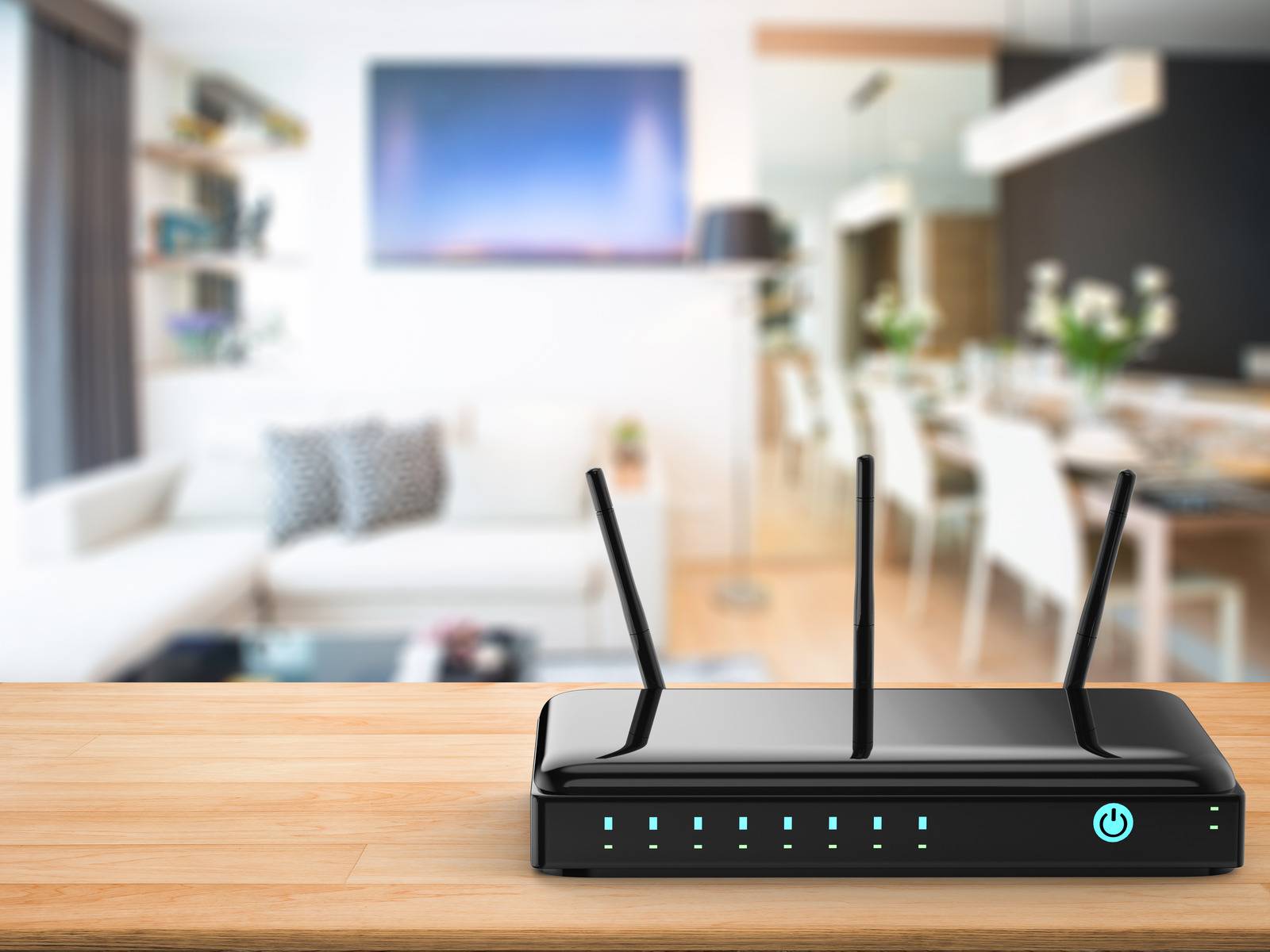Stay Connected: Understanding the Difference Between Broadband and Wi Fi
Broadband and Wi Fi are two of the most commonly used terms in digital communication. However, many people often confuse them or use them interchangeably. While they both enable access to the internet, understanding the difference between broadband and Wi fi is crucial for choosing the right connection for your needs.
In this article, we will break down what broadband and Wi Fi mean and how they differ from each other.
What is Broadband?
Broadband refers to a wide bandwidth data transmission that can simultaneously carry multiple signals and handle large amounts of data at high speeds.
In simpler terms, a broadband connection is a type of internet connection that provides high-speed access to the internet.
This type of connection uses a cable or DSL (Digital Subscriber Line) to transmit data. Cable broadband uses coaxial cables to send and receive data, while DSL uses traditional telephone lines.

An ethernet cable is another form of broadband connection that uses a wired network to connect devices and access the internet.
Broadband connections typically offer high speed internet and more stable connections compared to dial-up connections, making it ideal for streaming, online gaming, and other high-bandwidth activities.
A Broadband connection is always on, meaning they do not require the user to dial in or establish a connection every time they want to access the internet.
This makes broadband ideal for activities that require a constant and stable internet connection, such as streaming videos or online gaming.
What is Wi Fi?
Wi Fi stands for Wireless Fidelity and is a technology that allows devices to connect wirelessly to the internet or to other devices.
It uses radio waves to transmit data between multiple devices and provides access to the internet without the use of cables.
Wi Fi networks are created using a wi fi router, which acts as a central hub for all connected devices.

This means that users can access the internet from anywhere within the range of the router without being physically connected to it – Check out our blog on where is best to place your router for a strong wi fi signal.
Wi Fi connections are typically used in homes, offices, and public places such as cafes or airports, providing convenience and flexibility for users.
How Do They Differ?
The main difference between broadband and Wi Fi is that broadband refers to the type of internet connection (cable, DSL, ethernet connection), while W Fi refers to a wireless technology that allows wireless devices to connect to the internet or other devices.
In simpler terms, broadband is a type of internet connection, and Wi Fi is a way of accessing that internet connection wirelessly.
Additionally, while broadband connections are always on and provide a high-speed internet connection, a Wi Fi wireless connection can vary in speed depending on factors such as distance from the router and interference from other electronic devices.
Which One Should You Choose?

When choosing between broadband and Wi Fi, there is no right or wrong answer.
It ultimately depends on your specific needs and preferences.
If you require a fast, constant, and stable connection for activities such as streaming or gaming, then broadband internet may be the better option for you.
On the other hand, if you value convenience and flexibility in accessing the internet from multiple devices without being tethered to a cable, then Wi Fi may be the better choice.
In some cases, it may even be beneficial to have both types of connections in your home or office for different purposes.
What is a Wireless Broadband Connection ?
Wireless broadband refers to a type of high-speed internet connection that is wirelessly transmitted using radio waves.
It combines the benefits of both broadband and Wi Fi, providing fast and stable internet access without the need for cables or wires.

Internet starlink satellite in space near Earth. 3d render
This form of broadband is usually provided through mobile networks or satellite connections and can be accessed from anywhere within their respective coverage areas.
Wired or Wireless Connection
Choosing between a wired or wireless connection ultimately depends on your needs and preferences.
However, with advancements in technology, wireless broadband is becoming increasingly popular due to its convenience, flexibility and the ability to access the internet from anywhere within a network’s coverage area.
Internet Service Providers

Regardless of which type of actual internet connection you choose, it is important to consider the internet service provider (ISP) when setting up your broadband internet or wi fi network .
ISPs vary in terms of pricing, speed, and coverage area, so it is crucial to research and compare different options before making a decision.
Additionally, some ISPs may offer bundled packages that include both broadband and Wi Fi services, making it easier and more cost-effective for users.
Some Suggestions for an internet provider in the UK include:
It may be best to shop around for deals and see which provider is best suited for your area.
High Speed Internet Connection – Fibre Optic Broadband

Another type of broadband connection worth mentioning is fibre optic broadband.
This form of broadband uses fiber optic cables, which are made up of thin strands of glass or plastic, to transmit data at incredibly high speeds.
Fibre optic broadband is becoming increasingly popular due to its ultra fast broadband speed and more reliable internet access compared to traditional cable or DSL connections.
Differences in installation
When it comes to installation, broadband and wi fi connections differ as well.
Broadband connections, including fibre optic, typically require a professional installation process that involves physical wiring and direct connection of the cables to your home or office.
On the other hand, setting up a Wi Fi network is usually simpler and can be done by following instructions provided by your router’s manufacturer.
Additionally, with wireless broadband and fibre optic broadband, installation can be done wirelessly without the need for physical cables.
Stay Connected
In today’s world, having access to the internet is essential for staying connected with the rest of the world.
Understanding the difference between broadband and Wi Fi can help you make informed decisions when setting up your home or office network.

